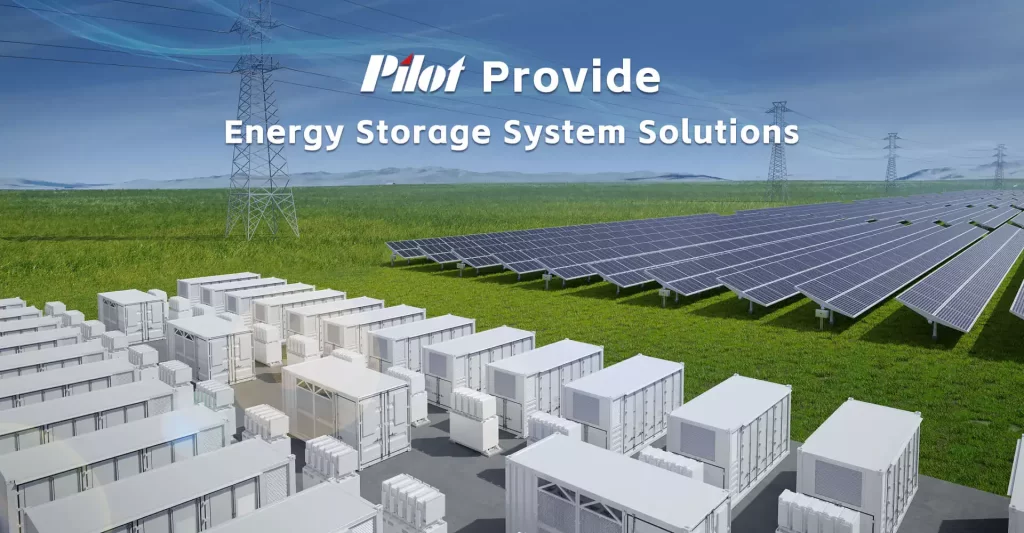
Products
Fast, Reliable, Everywhere

Solutions
Efficient, Innovative EV Charging Solutions.
News
We are committed to the innovation and application of EV charging.
Photovoltaic (PV) combined with Energy Storage Systems (ESS) is rapidly emerging as a cornerstone of the renewable energy transition. This integrated approach leverages solar power's efficiency and battery storage's reliability to deliver consistent, sustainable, and cost-effective energy solutions for residential, commercial, and industrial sectors.

Combining PV systems with ESS offers numerous advantages:
Recent innovations are continually transforming PV+ESS technology, including:
PV+ESS has successfully been implemented across diverse scenarios:
Supportive policies and incentives have considerably accelerated PV+ESS adoption worldwide. Prominent examples include:
The future of PV+ESS is promising, driven by:
PV+ESS represents a transformative approach to energy generation and storage, promising a sustainable, reliable, and efficient energy future. Embracing PV+ESS solutions today positions stakeholders to lead in tomorrow's sustainable energy landscape, delivering substantial environmental and economic benefits.
Explore the power of PV+ESS and join us in shaping a cleaner, more sustainable future.
